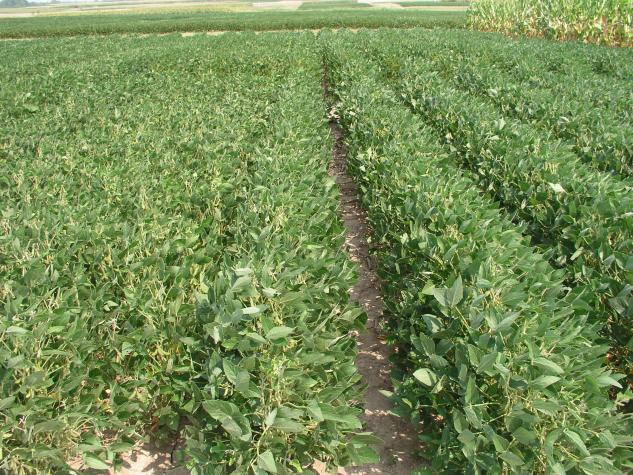
MU Soybean monitoring report predicts sharp decline in yield
The latest Soybean Growth Monitoring Yield Prediction report from MU Extension predicts drastically lower soybean yields due to lack of rain, averaging 3-6 bushels per acre lower than in the previous report.
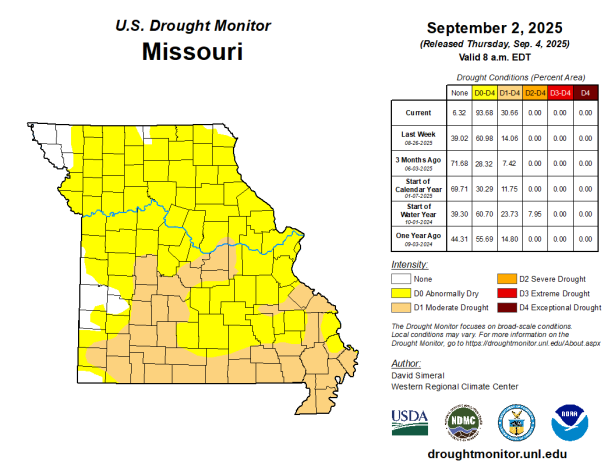
More than 90% of state in drought as harvest nears
As harvest nears, MU Extension agronomists see signs of flash drought threatening Missouri crop yields. The U.S. Drought Monitor map for Missouri released on Sept. 4 shows that 93.68% of Missouri is at least abnormally dry following an unusually wet spring.
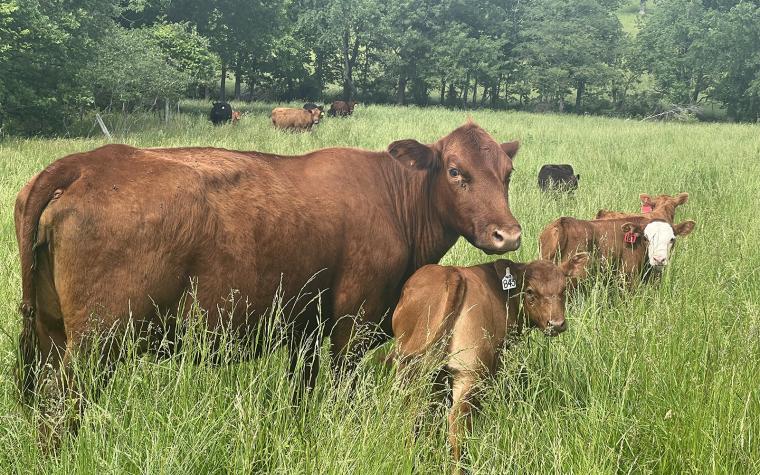
Plan for drought by choosing the right forage plan
Choose drought-resilient forages and legumes to maintain productive pastures and reduce feed costs during dry summers.
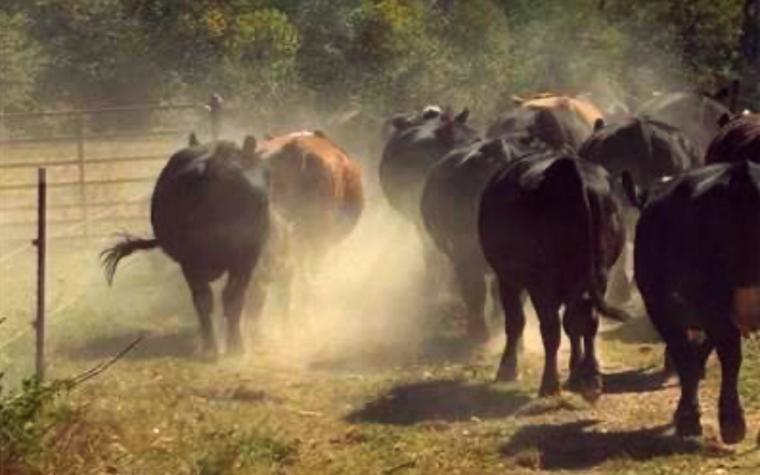
Persistent drought costs Missouri ag industry
Persistent drought has cost Missouri agriculture billions, stressing crops, livestock, and soil moisture management.
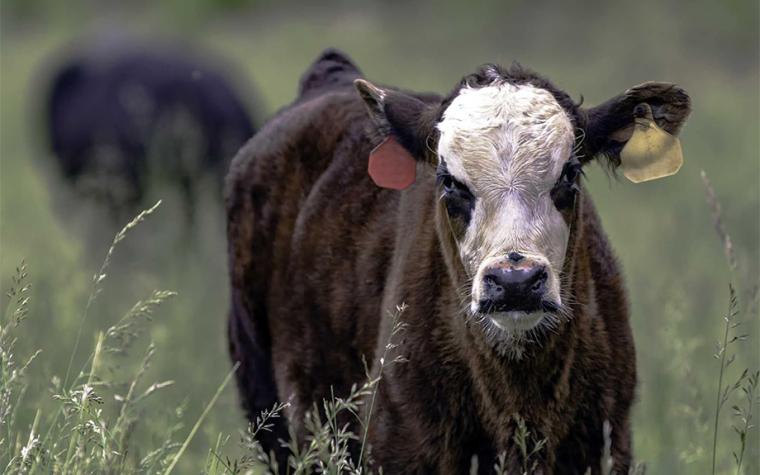
Avoid financial heartbreak after drought
Learn strategies to reduce financial loss after drought by adjusting pasture management and considering native warm-season grasses.
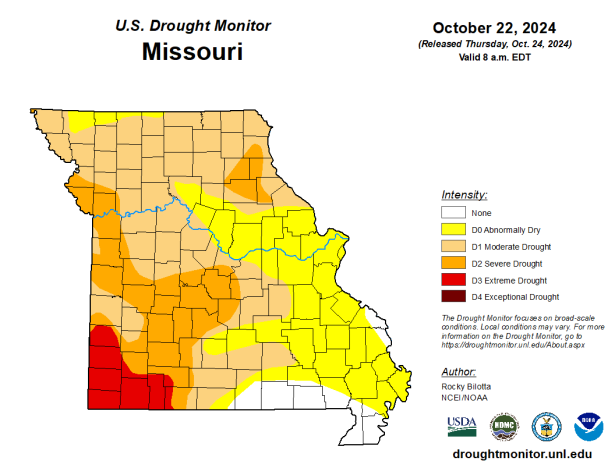
Drought in SW Missouri worsens with no rain in forecast
COLUMBIA, Mo. – Drought continues to plague southwestern and west-central Missouri as pastures dry and cattle producers start to feed hay well ahead of schedule. “The latest update from the U.S. Drought Monitor depicts increasing severity and coverage of drought conditions across Missouri,” says Zachary Leasor, University of Missouri Extension climatologist.
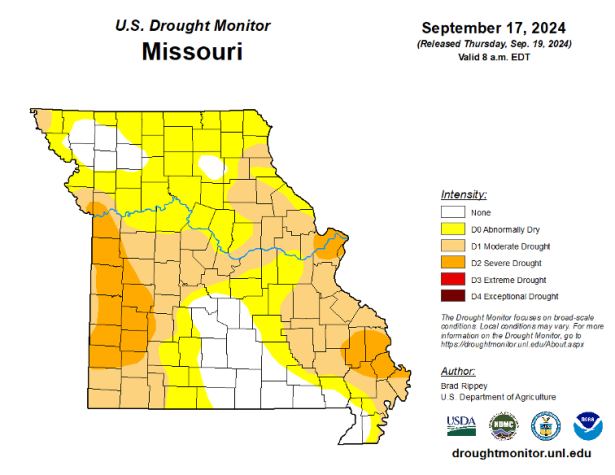
Despite recent rainfall, Missouri remains dry
Missouri faces worsening drought despite recent rains, with dry pastures, crop stress, and low water levels raising concern across the state.
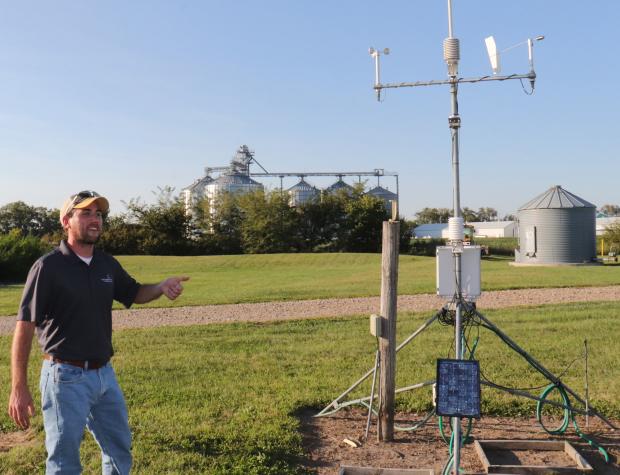
Weather station upgrades will help plan for flood, drought
Upgraded weather stations with soil moisture sensors will improve forecasts and planning for floods and drought across Missouri.
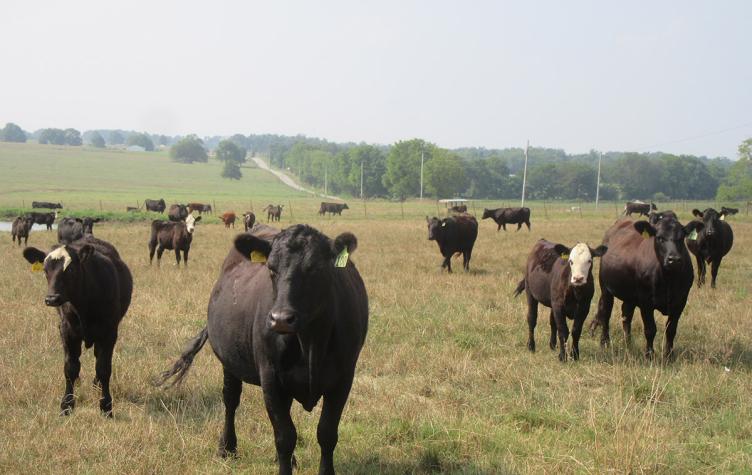
Post-drought pasture improvement takes more than rain
LINNEUS, Mo.– Heavy rainfall throughout much of Missouri on July 2 may have lessened worries about drought damage in pastures, but one good rain won’t undo the damage to mismanaged pastures during two straight years of drought, according to two University of Missouri Extension specialists based at the MU Forage Systems Research Center in Linneus.
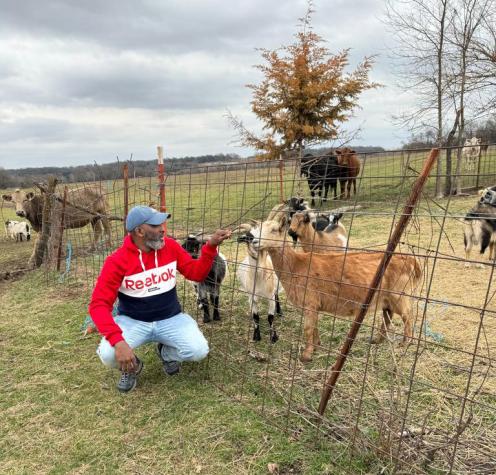
Protecting sheep and goats from heat stress
OSCEOLA, Mo. – Sheep and goats are susceptible to heat stress in the summer, and a revised University of Missouri Extension publication updates management practices for producers to protect their animals.

Managing heat stress in sheep and goats
OSCEOLA, Mo. – As the summer months set in, sheep and goat producers should watch their animals for heat stress, says David Brown, University of Missouri small ruminant specialist. Although sheep and goats can tolerate heat better than other livestock species, long-term exposure might have devastating effects on the health and performance of the animals.

Rains bring drought relief to Missouri
Missouri sees drought relief as recent rains improve soil moisture, streamflow, and overall water conditions statewide.

Consider changing tilling, cover crop practices due to low soil moisture
Soils are drier than last year, prompting farmers to adjust tilling, cover crops, and planting strategies to conserve moisture and protect yields.

MU Extension guide covers management of small ruminants during drought
Practical drought-management tips for sheep and goats: feeding, grouping, weed control, sale timing, and herd strategies.
Cornstalks can fill forage gaps during drought
Grazing cornstalks can help fill cattle feed gaps during drought, but supplementation and careful management are needed.
Can Missouri livestock producers outlast the drought?
Missouri livestock producers face drought challenges and must adjust herd sizes and feed strategies to stay profitable.
Native warm-season grasses help feed livestock through drought
Discover how native warm-season grasses can sustain forage for livestock during drought by offering heat-tolerant feed when cool-season grasses decline.
A No. 2 pencil is a beef producer's best tool
COLUMBIA, Mo. – One of the most important tools for livestock producers is a sharp No. 2 pencil. The pencil and some basic arithmetic can help take the emotion out of desperate measures to find feed. When you do the math, buying grain or other alternative feeds may be the best bang for the buck, says University of Missouri Extension agricultural business specialist Wesley Tucker.

Perilla mint poisoning of livestock worsens during drought
Drought increases livestock risk from toxic perilla mint, causing breathing issues and death in cattle and small ruminants.
5 reasons you need your veterinarian more than ever during drought
COLUMBIA, Mo. – During drought, beef producers might find a best friend in their local veterinarian, says University of Missouri Extension veterinary toxicologist Tim Evans. “Although veterinarians always provide a valuable service to animal owners, their value to livestock producers becomes increasingly important during drought, high heat and limited forage availability,” says Evans.

Helping dairy cows through extreme heat
Learn how to protect dairy cows from heat stress with cooling, nutrition, and reproductive management strategies.

Now is time to use water resources available from agencies
Missouri livestock producers facing drought can explore local, state and federal programs for wells, stock tanks and waterlines to plan for future shortages.
Deciding when to green chop drought-stressed corn or turn into silage
COLUMBIA, Mo. – Many Missouri corn growers are unsure about when to green chop and/or ensile their drought-stressed crops. There are key points to take into consideration on both the crop and livestock side, according to University of Missouri Extension specialists.Agronomy recommendations (MU Extension state agronomy specialist Kelly Nelson):
MU Extension offers help for crops, livestock and people during drought
Support and resources help farmers protect crops, livestock, and mental health during drought conditions.
If you still have grass, grow now, graze later
Stockpile Missouri pastures by fertilizing now and delaying grazing to save hay and boost forage quality through winter.
